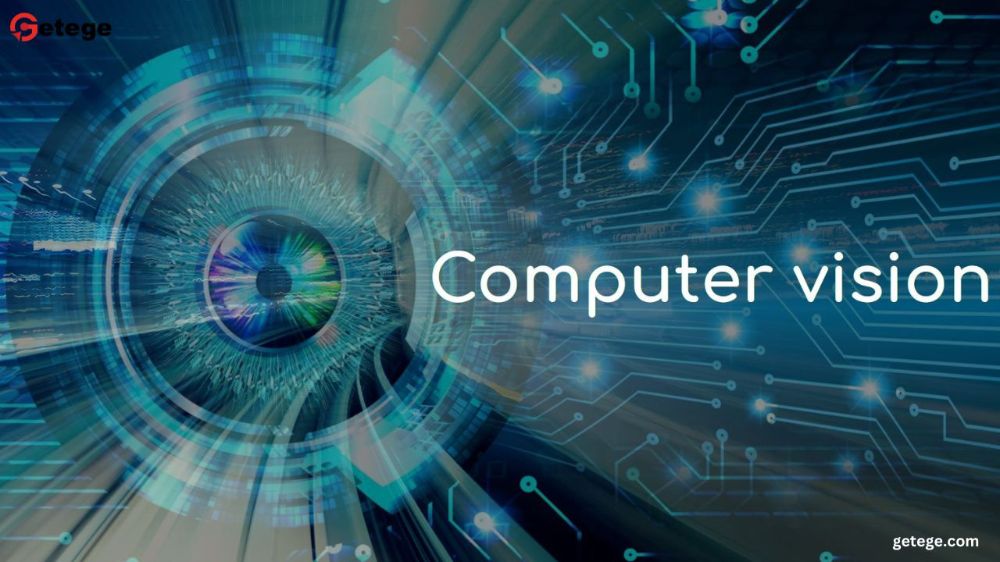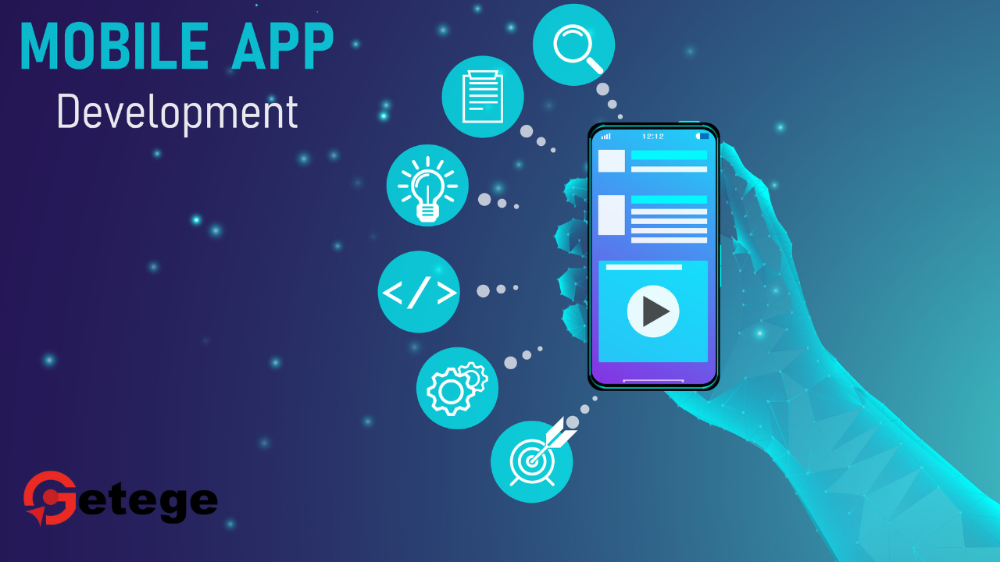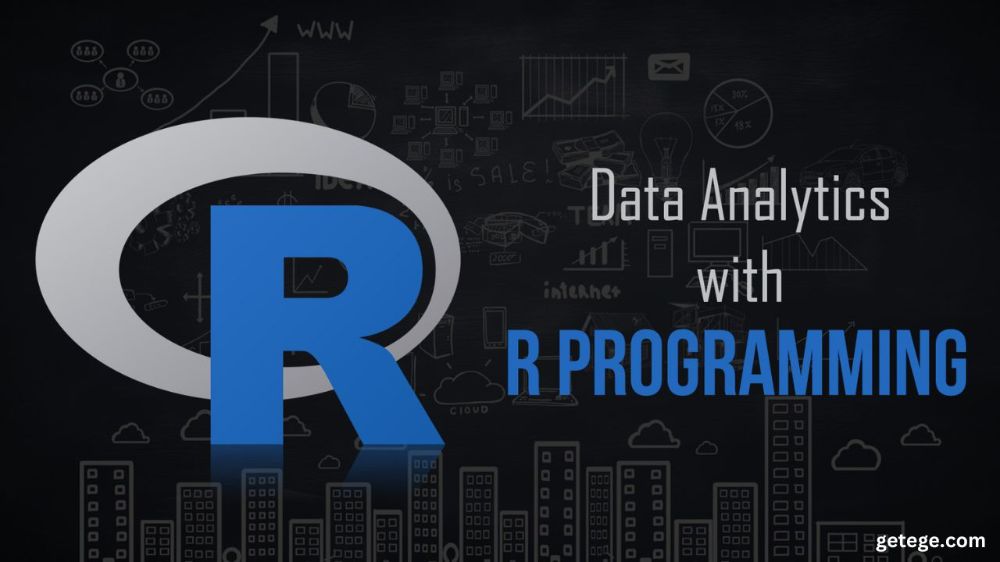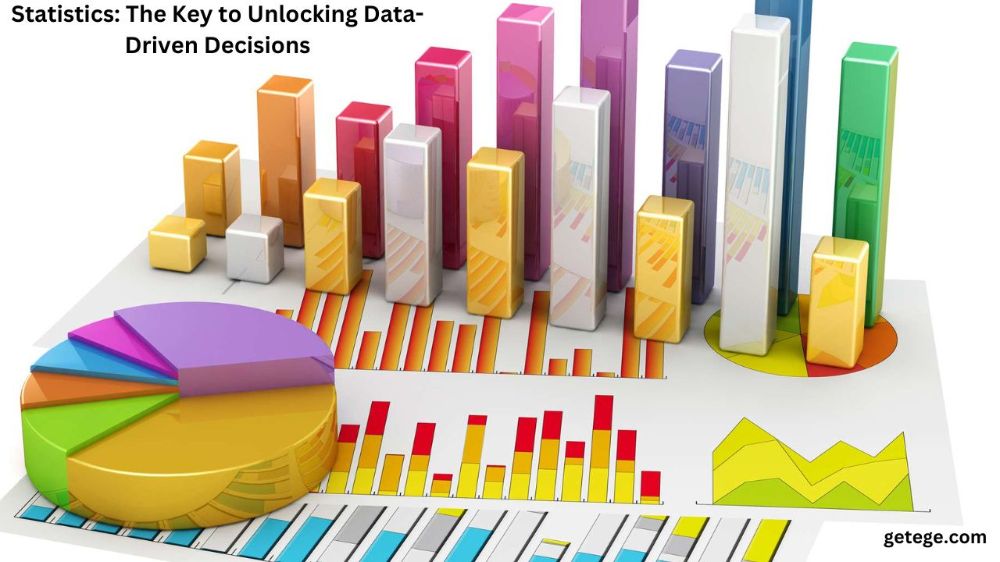Exploring the World Through Computer Vision: AI-Powered Visual Intelligence
By analyzing digital images, video feeds, and other visual data, machines can identify objects, track movements, recognize patterns, and make decisions based on this visual information. But what makes computer vision so important today? In a world driven by technology, the ability to “see” and understand visual data has become crucial in a wide array of industries, from healthcare to autonomous driving.
How Computer Vision Works
At its core, computer vision relies on several steps to transform visual data into actionable insights.
Image Acquisition and Processing: First, the system must obtain an image, whether through a camera, scanner, or other visual input device. This image is then processed to adjust brightness, contrast, and remove noise, making it easier for the system to extract useful information.
Feature Extraction and Pattern Recognition: Once the image is processed, algorithms search for key features such as edges, textures, or specific shapes. This is followed by pattern recognition, where the system matches these features with pre-learned patterns to identify objects.
Key Concepts in Computer Vision
Understanding a few fundamental ideas is essential for grasping the power behind computer vision:
Pixels and Image Representation: Every digital image is made up of tiny dots called pixels. Each pixel holds color information, and collectively they form the image. Computer vision systems analyze these pixels to understand the content of an image.
Machine Learning and Deep Learning: Machine learning is central to computer vision, where systems are trained using large amounts of data to recognize patterns. Deep learning, a subset of machine learning, uses neural networks with multiple layers to further enhance accuracy, particularly in image recognition tasks.
Neural Networks and Convolutional Neural Networks (CNNs): Neural networks mimic the way the human brain processes information. CNNs, a type of neural network, are specifically designed for image recognition. They excel at identifying patterns in images by focusing on local features such as edges and corners.
Applications of Computer Vision
Computer vision's real-world applications are vast, impacting almost every industry imaginable.
Healthcare: In medical imaging, computer vision is used for early detection of diseases through X-rays, MRIs, and CT scans. It can identify tumors, fractures, and other anomalies with high precision.
Autonomous Vehicles: Self-driving cars rely heavily on computer vision to navigate roads, avoid obstacles, and recognize traffic signals and pedestrians.
Security and Surveillance: From facial recognition systems in airports to motion detection in security cameras, computer vision enhances public safety and security.
Augmented and Virtual Reality: In AR and VR, computer vision enables accurate tracking of a user's movements and environment, creating immersive experiences.
Computer Vision in Everyday Devices
We often don’t realize how computer vision plays a role in the devices we use daily:
Smartphones: Features like facial recognition to unlock your phone or detect different scenes in camera modes rely on computer vision.
Object Detection in Cameras: Modern digital cameras use computer vision to identify objects, faces, and backgrounds, optimizing settings for the best shot.
Image Search Engines: Social media platforms and search engines use computer vision to recognize and categorize images, making visual search more intuitive.
Challenges in Computer Vision
Image Quality and Noise: Poor lighting or low-resolution images can reduce the accuracy of computer vision algorithms.
Real-Time Processing: Many applications, such as self-driving cars, require computer vision systems to process data in real-time, a computationally intensive task.
Ethical Concerns: With facial recognition and surveillance systems, privacy and security become major issues. The misuse of computer vision for intrusive surveillance or data collection raises ethical questions.
Popular Computer Vision Tools and Libraries
Several libraries and tools have emerged to make working with computer vision more accessible:
OpenCV: One of the most widely used libraries, OpenCV offers a wide range of functionalities for image processing and object detection.
TensorFlow and Keras: These popular deep learning frameworks also support computer vision tasks, allowing developers to create complex neural networks for image recognition.
PyTorch: Like TensorFlow, PyTorch is a deep learning library used for training models that can be applied to computer vision projects.
Computer Vision in Artificial Intelligence (AI)
Computer vision is a vital aspect of AI development. In AI, computer vision systems contribute to machine learning, enabling AI to learn from visual data. This is particularly important in fields like robotics, where AI must interact with physical environments.
Deep Dive into Convolutional Neural Networks (CNNs)
CNNs are revolutionizing the field of computer vision. They work by breaking down an image into smaller chunks, recognizing patterns in each part, and then combining the data to identify the object as a whole. CNNs are widely used in tasks such as image classification, object detection, and facial recognition.
Future of Computer Vision
Emerging trends include the integration of quantum computing, which could exponentially increase the processing power for real-time image recognition tasks. Additionally, we’ll likely see advances in 3D vision, allowing machines to better understand spatial relationships.
Computer Vision in Business and Industry
Industries across the board are benefiting from computer vision:
Manufacturing: Computer vision helps detect defects in products on assembly lines, ensuring high-quality output.
Retail: In retail, computer vision is used for inventory management, tracking product availability, and even enabling cashier-less checkouts through cameras and image recognition.
Real-Life Case Studies of Computer Vision
Google Lens: This powerful tool allows users to point their phone camera at an object and get instant search results about what it is.
Tesla Autopilot: Tesla’s autonomous driving technology heavily relies on computer vision to navigate roads, identify obstacles, and ensure passenger safety.
How to Get Started in Computer Vision
If you’re eager to learn computer vision, here’s how to start:
Essential Skills: Understanding programming languages like Python, learning algorithms, and studying image processing techniques are foundational to computer vision.
Resources: There are plenty of online courses, tutorials, and books available, including platforms like Coursera, Udemy, and specialized courses from universities.
Ethical Considerations in Computer Vision
As computer vision advances, ethical considerations remain a significant concern. Bias in algorithms can lead to unfair treatment, especially in applications like facial recognition, where certain ethnic groups may be misidentified more often. Moreover, with increasing surveillance, questions around privacy and consent are becoming more prominent.
Conclusion
In summary, computer vision has transformed the way machines interact with the world, making processes more efficient and intelligent across industries. The future promises even more breakthroughs as technology evolves. Whether in self-driving cars or healthcare diagnostics, computer vision is reshaping the modern world.














